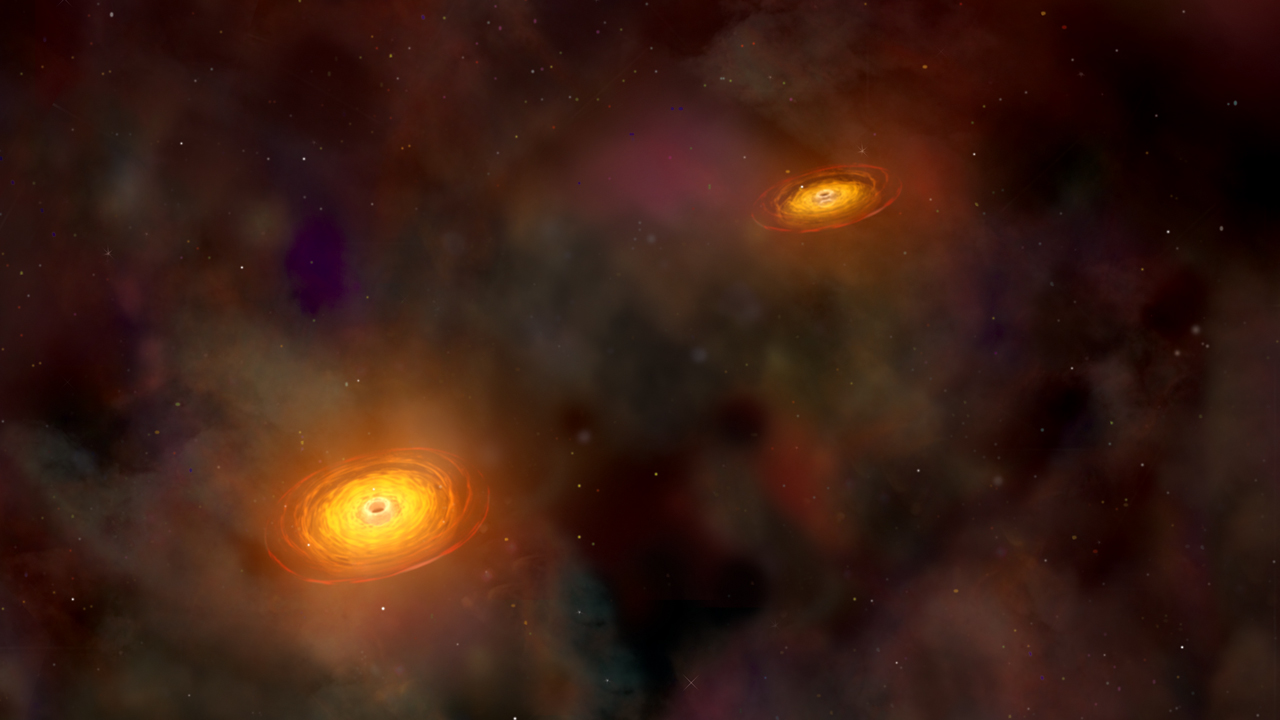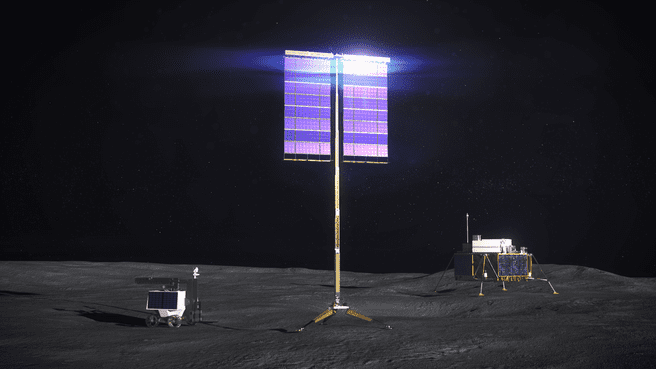A team of astronomers have used multiple telescopes, including Chandra, to examine the triple mergers of galaxies and find out what happens to their supermassive black holes. This kind of study will help astronomers better understand the role of mergers in the growth of galaxies and their giant black holes.

The third period of operation of the LHC (Large Hadron Collider) will start in early March 2022. We still hope that it will allow the discovery of new physics , which unfortunately was not the case when we had good reasons to think that in proton collisions we would see particles of dark matter , better still black mini-holes. It is difficult not to be sometimes pessimistic about this subject, but another window of study for unraveling the mysteries of physics and fundamental cosmology has opened with the rise of gravitational astronomy.
Ligo and Virgo have already proven their potential by detecting gravitational waves from black hole collisions of stellar masses , and even those from collisions of neutron stars forming binary systems . Much more is expected from the detection and analysis of waves produced by collisions of supermassive black holes and even from collisions of these objects with stellar black holes , or pulsars , not to mention the highlighting of exotic objects and speculative like cosmic strings.
In this extract from the TV-Web-cinema platform “ Du Big Bang au Vivant ”, which covers discoveries in the field of astrophysics and cosmology, Jean-Pierre Luminet tells us about quasars. © Jean-Pierre Luminet
How many gravitational wave sources for eLisa?
The ESA has a program on it with the detector in space named eLisa which should come into service in the 2030s and for which the late Pierre Binetruy had worked with colleagues. But for eLisa or even its competitor NANOGrav ( North American Nanohertz Observatory for Gravitationnal Waves ) to be truly successful, supermassive black hole mergers would have to be not uncommon in the observable cosmos. In fact, anyway, estimating to what extent these mergers occur will carry information on the evolution of galaxies , an evolution that helped produce the terrestrial noosphere billions of years after the Big Bang via the birth and death of stars.
We know that supermassive black holes are present in the majority of large galaxies. It has been argued that the fundamental mechanism to make them grow and produce their ignition in the form of quasars was precisely the collisions between galaxies followed by the coalescence of the event horizons of their giant black holes. The latter ended up falling towards the center of the galaxies newly formed by fusion under the effect of a kind of gravitational friction force generated by the gravitational field of a star gas , a phenomenon theoretically discovered by the Nobel Prize winner of physical Subrahmanyan Chandrasekhar .
But if galaxy collisions are well observed, we have doubts about the effectiveness of gravitational friction to lead to a large number of black hole mergers. In fact, it is now believed that collisions play a minor role in the joint growth of galaxies and supermassive black holes anyway. The contribution of large amounts of baryonic matter channeled by cold matter filaments, as cosmologist and astrophysicist Romain Teyssier had explained , would in fact be the dominant phenomenon.
The question then arises as to whether there is no risk of being confronted with eLisa with the analogue of the nightmare feared with the LHC, the absence of detection of significant events on the scale of a human life.
A presentation of the study of triple collisions of galaxies with supermassive black holes. To obtain a fairly accurate French translation, click on the white rectangle at the bottom right. The English subtitles should then appear. Then click on the nut to the right of the rectangle, then on “Subtitles” and finally on “Translate automatically”. Choose “French”. © Chandra X-ray Observatory
Black hole mergers only with triple galactic collisions?
We can observe binary supermassive black holes in galaxies but, according to some numerical simulations , it is the presence of a third supermassive black hole, and therefore the occurrence of triple galactic collisions, which would give a boost to chances of having supermassive black hole mergers. The whole question is therefore to know if triple galactic collisions exist, and if we can already have observations suggesting that collisions of supermassive black holes do indeed occur by studying them with electromagnetic waves , while waiting for gravitational signals.
For a while now, triple collisions of galaxies with black holes have been observed, even giving rise to triple collisions of quasars, as Futura explained in the previous article below. Today, astrophysicists have just published articles on arXiv in which they present their work to estimate the populations of multiple supermassive black holes associated with galaxy collisions. For this, they mobilized the keen gaze in the X-ray domain of the Chandra satellite , but also the infrared observations carried out with the Wise satellite, and in the visible domain on the ground with the Sloan Digital Sky Survey. (SDSS) but also in space with Hubble .
Researchers have identified seven triple fusions of galaxies located between 370 million and one billion light years from the Milky Way . It was by combining observations at several wavelengths that they succeeded in proving that the X-ray sources associated with these galaxies must indeed indicate supermassive black holes. In accreting matter, supermassive black holes can be heated to millions of degrees, which produces emissions of X-rays, but with young clusters of massive stars can also emit this radiation and had to ensure that did not confuse them with giant black holes.
It turned out that of the seven triplets of colliding galaxies, one does not appear to show the presence of a black hole and one contains a single black hole but four exhibit binary supermassive black holes accreting matter, and the last contained three of these compact giant stars .
In a statement, astronomer Adi Foord of Stanford University, who led the study, said of the discovery: “ There have been many studies on what happens to supermassive black holes when two galaxies merge. . Ours is one of the first to systematically examine what happens to black holes when three galaxies meet. “
This type of study will therefore continue and statistics on the populations of triple collisions of galaxies, with or without black holes, will therefore provide the information sought, not only to refine our models of cosmological evolution but also to evaluate this. what eLisa can bring us.











